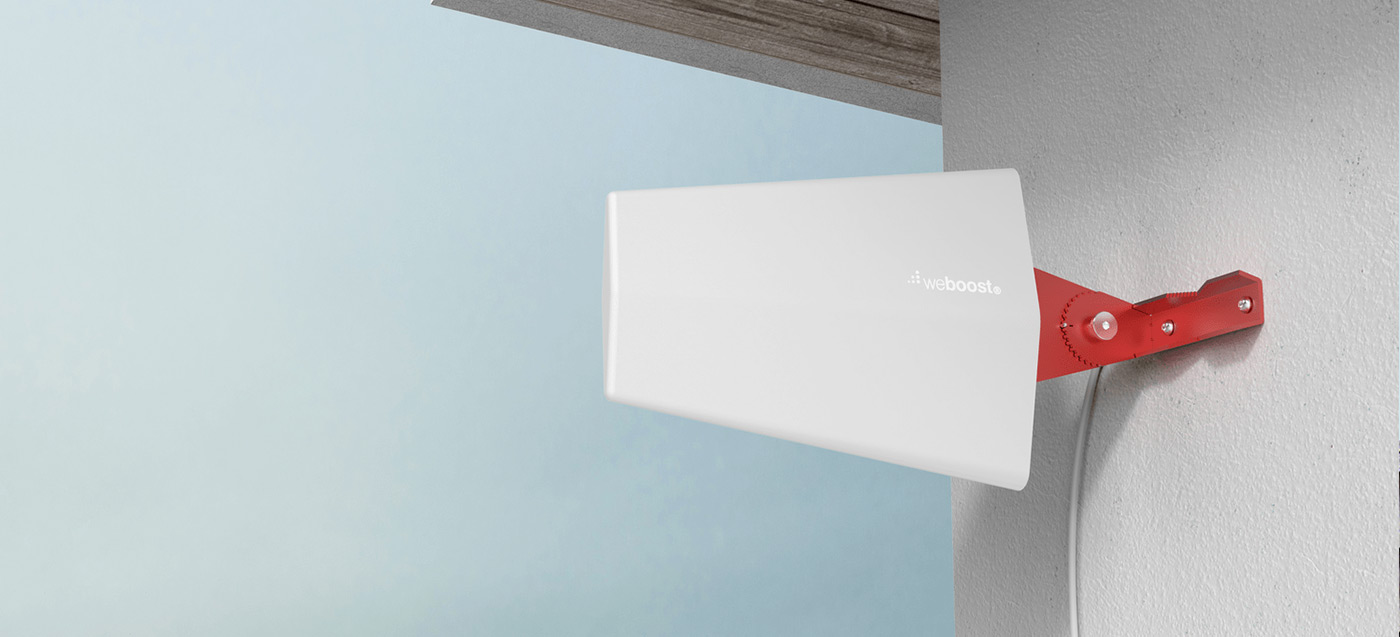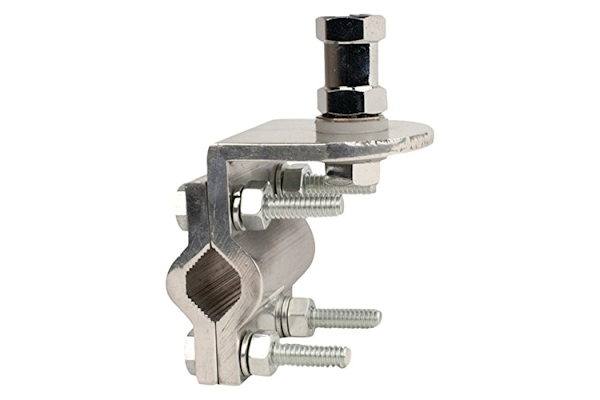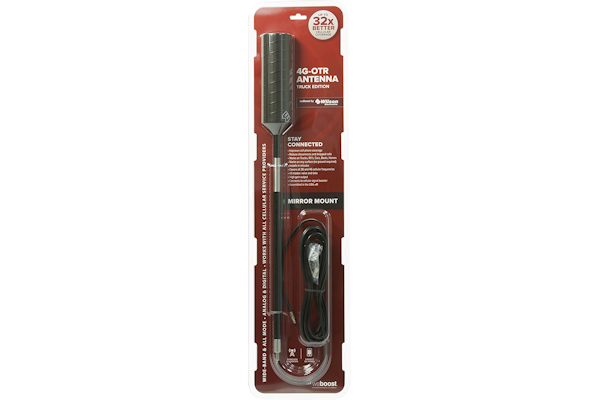

High gain directional antennas have a more focused point of capture than typical yagi antennas, capturing signal in roughly a 30 degree radius. This antenna is designed as an accessory for or an addition to a commercial, 50 ohm cellular system, and boosts gain at the point of entry by up to +13 dBi.
Comes with 2-year warranty and 30-day money back guarantee. Provides up to +13.1 dBi gain at point of entry. Simple install kit with tilt/swivel bracket. Rugged and waterproof for all weather operation. For all worldwide cellular bands for voice and data. The WilsonPro High Gain LPDA antenna is a high gain, wideband, outdoor directional antenna that captures existing 4G, 4G LTE, and 3G cellular signal across the 698-2800 MHz frequencies across all North American carriers, including Verizon, AT&T, T-Mobile, Sprint, US Cellular, and more. No more annoying dropped calls, poor call quality & slow Internet! "A directional antenna allows for more precise targeting of radio signals.Wilson weBoost High Gain LPDA Antenna - 311228 However, they all operate using the same principle: a transmitter sends a signal which is intercepted by a receiver. There are many different types of antennas with use cases ranging from WiFi to radio. Only restricted directions (semi-directional antenna). A particular direction or a “beam” ( directional antenna). All directions ( omnidirectional antenna). 

They consist of conductors that are connected to receivers and transmitters and can be designed to send or receive radio waves in:

Receivers intercept radio waves and convert them into electric currents that can be amplified.Īntennas are an essential part of all radio equipment.Transmitters provide an electric current to the antenna, which then radiates this energy in the form of radio waves.An antenna or aerial provides an interface between radio waves (usually traveling through the air/space) and electrical currents traveling in metal conductors.Īntennas are used in conjunction with radio transmitters and receivers, where:








 0 kommentar(er)
0 kommentar(er)
